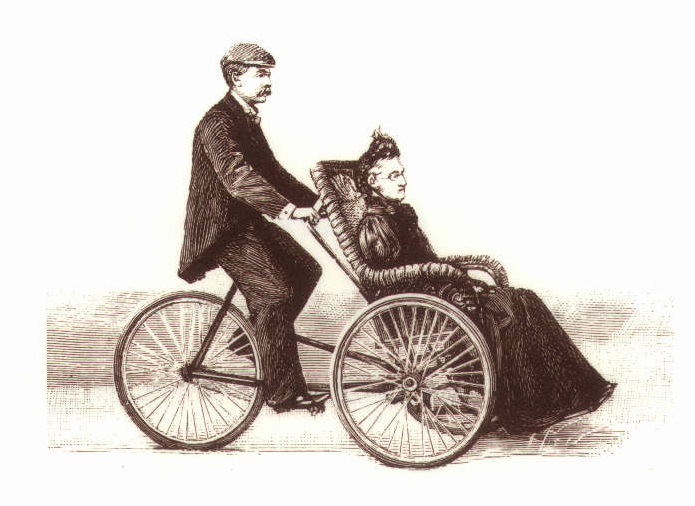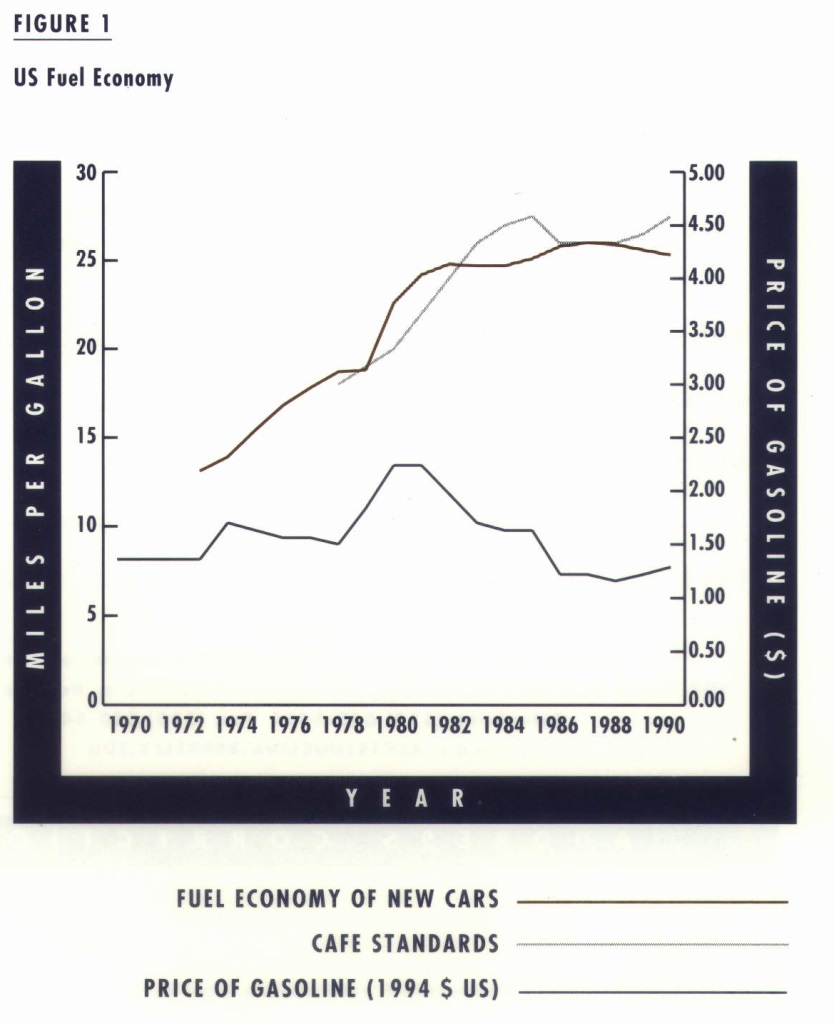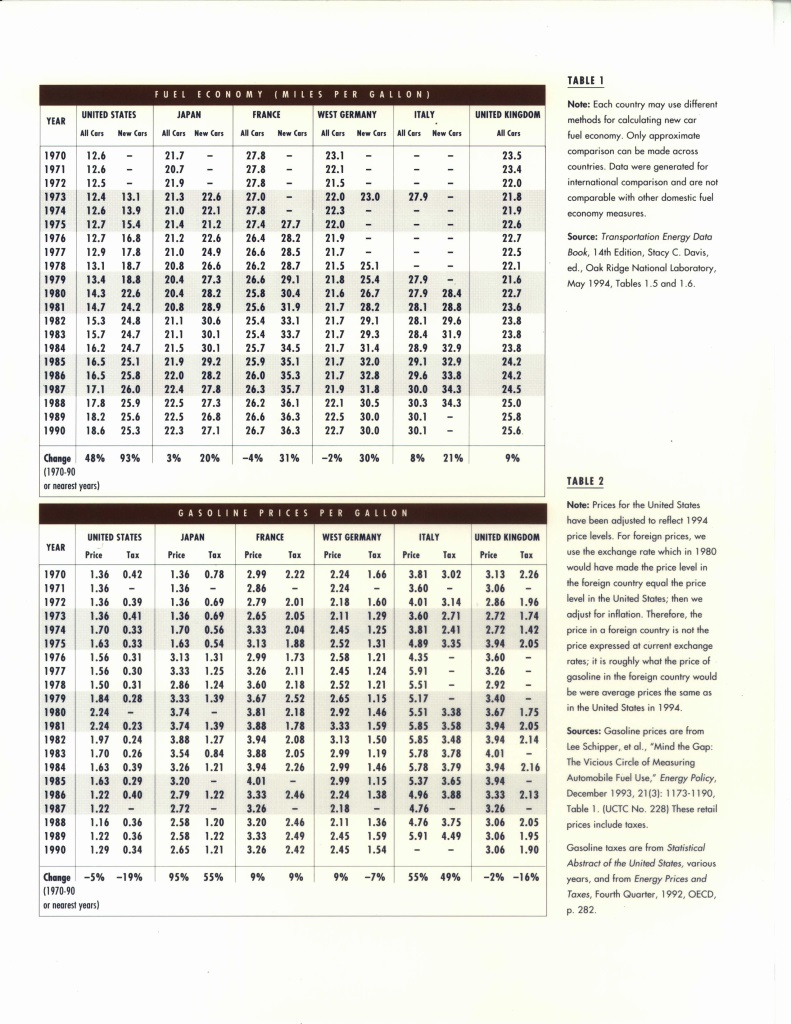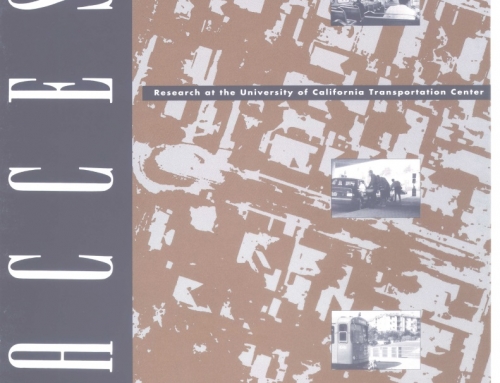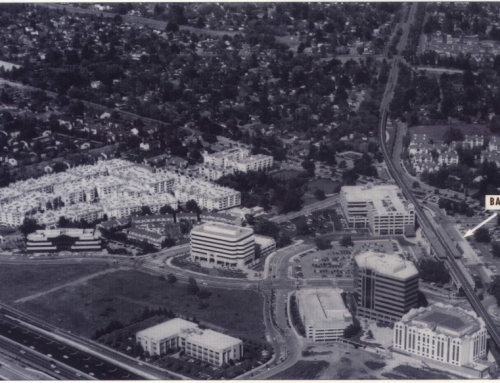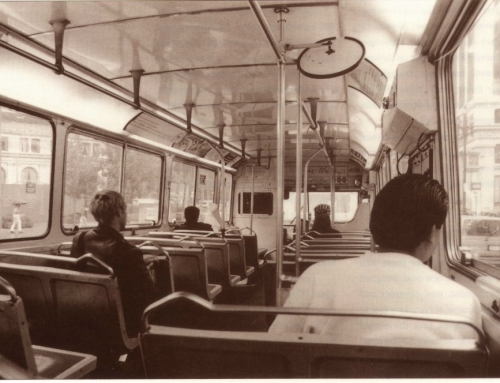Cars manufactured in the United States have become increasingly fuel efficient in the past two decades, and many people attribute that to rising gasoline prices. From 1975 to 1985, following the 1973 oil embargo, the fuel efficiency of new cars increased by more than 60 percent. What’s surprising, however, is that fuel efficiency continued to remain high even when gasoline prices declined, even falling below prices in 1970. Why didn’t we see a return of the gas guzzlers?
It seems that the Energy Policy and Conservation Act worked, just as Congress intended. It mandated minimum corporate average fuel economy (CAFE) standards for all new cars sold in the United States. Each automobile manufacturer was essentially required to double the fuel efficiency of its cars. Despite vehement industry opposition, the standards were largely met. (See Figure 1.)
With that dramatic improvement, American cars are almost as fuel efficient as cars sold in Japan and Europe, where fuel efficiency has always been higher. Fuel efficiency is improving abroad, too, but at a slower rate. (See Table 1.) American car owners can be happy that the price of gasoline here is considerably lower than elsewhere, lower than it was before the oil embargo, and taxes are a small proportion of the price. (See Table 2.)
– Amihai Glazer

